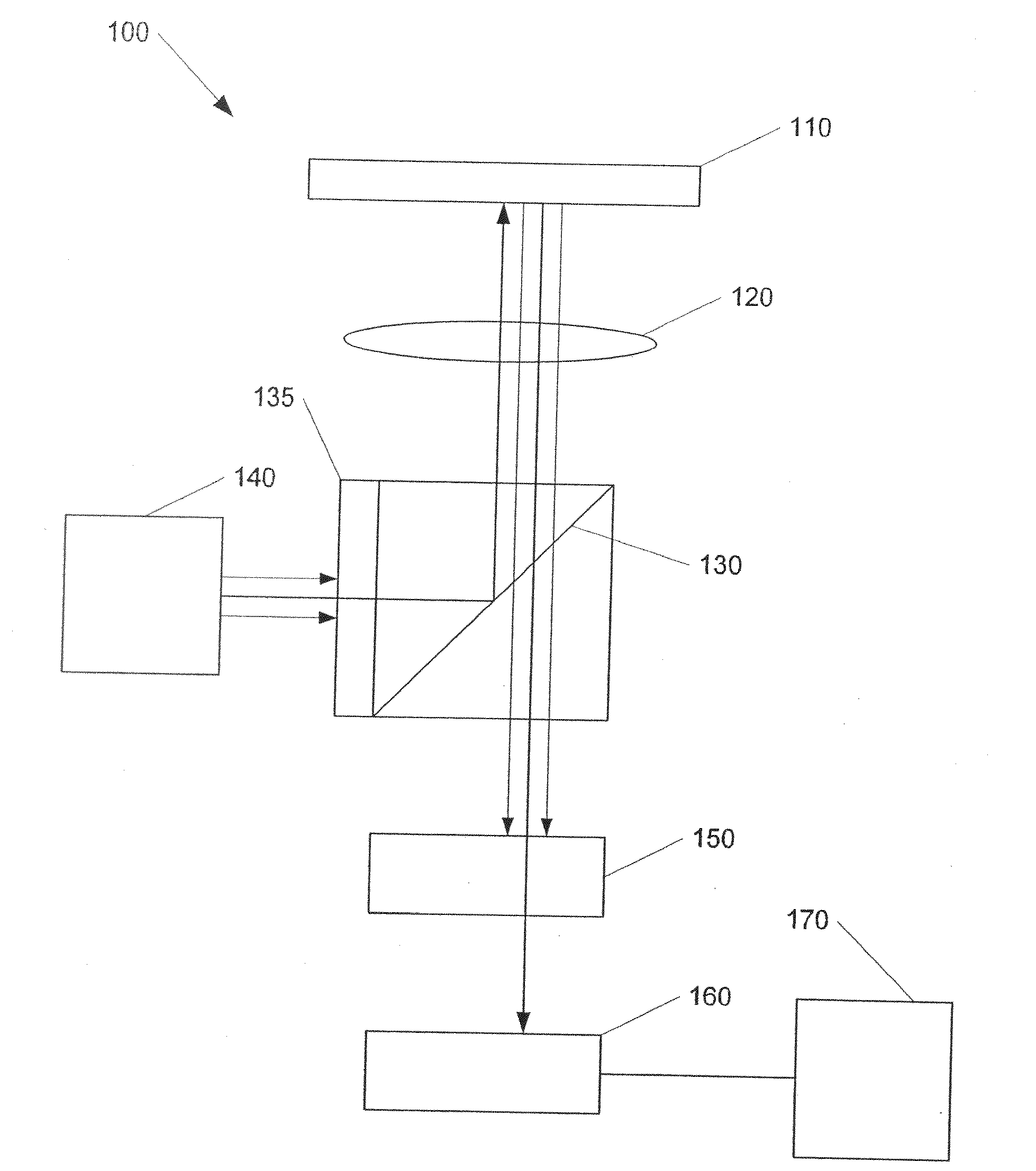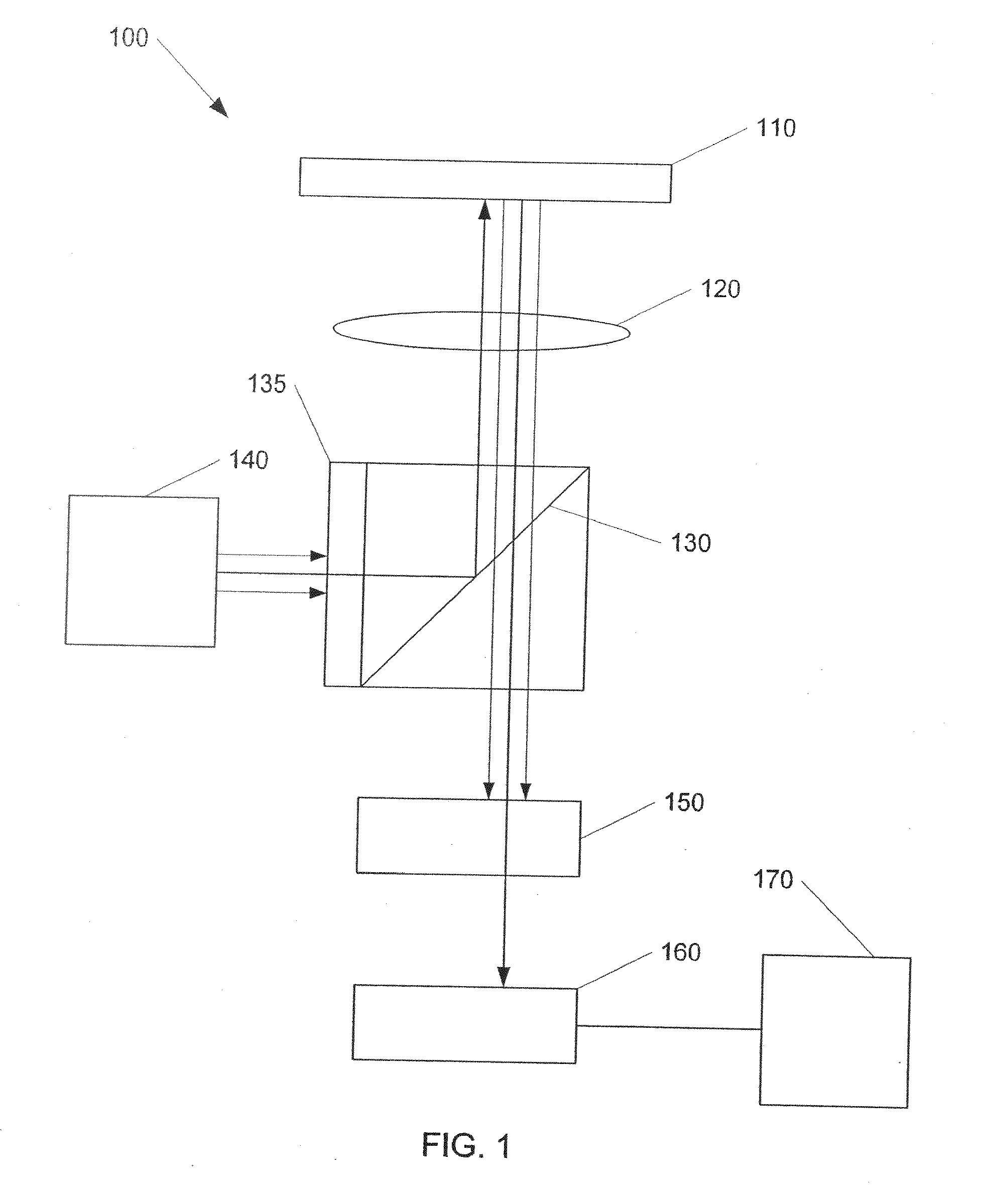Systems and methods to analyze multiplexed bead-based assays using backscattered light
a technology of backscattered light and analysis methods, applied in the field of microscopy, can solve the problems of increasing processing time proportionally, increasing computational costs, and prone to optical alignment problems in imaging systems with multiple sensors to image the same fov, so as to reduce imaging and analysis time, improve image quality, and reduce the number of images
- Summary
- Abstract
- Description
- Claims
- Application Information
AI Technical Summary
Benefits of technology
Problems solved by technology
Method used
Image
Examples
Embodiment Construction
[0015]To overcome the limitations of a multisensor imaging system, novel methods and systems have been developed in which back-scattered light (also known as ‘reflected light’) from beads in a sample in an FOV is utilized to localize the beads and emitted luminescence signal is read from the corresponding locations in the images at various emission wavelengths to determine the spectral code for each bead. The system, which does not require any additional sensor for measuring the reflected light signal, tunes a tunable filter to the excitation wavelength in order to detect back-scattered light, similar to detecting the emitted luminescence signal when the tuning filter is tuned to different emission wavelengths. The system helps to eliminate any calibration errors that occur due to misalignment problems in systems with multiple sensors. As used herein, the term “tunable filter” refers to any device that is capable of being tuned to selectively transmit radiation of different waveleng...
PUM
| Property | Measurement | Unit |
|---|---|---|
| wavelengths | aaaaa | aaaaa |
| wavelengths | aaaaa | aaaaa |
| diameters | aaaaa | aaaaa |
Abstract
Description
Claims
Application Information
 Login to View More
Login to View More - R&D
- Intellectual Property
- Life Sciences
- Materials
- Tech Scout
- Unparalleled Data Quality
- Higher Quality Content
- 60% Fewer Hallucinations
Browse by: Latest US Patents, China's latest patents, Technical Efficacy Thesaurus, Application Domain, Technology Topic, Popular Technical Reports.
© 2025 PatSnap. All rights reserved.Legal|Privacy policy|Modern Slavery Act Transparency Statement|Sitemap|About US| Contact US: help@patsnap.com



